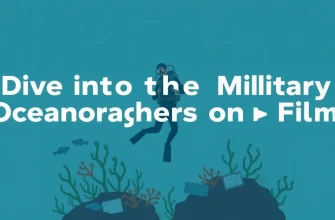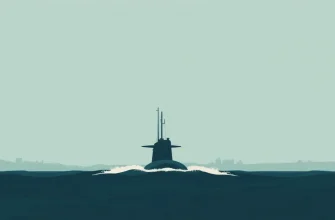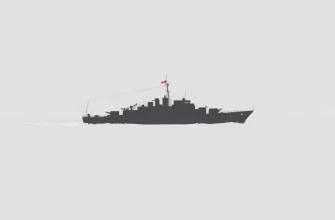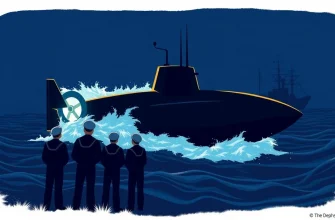The ocean's vast expanse has always been a theater for military strategy, with naval hydrography playing a pivotal role in understanding and navigating these waters. This curated list of films delves into the world of naval hydrography, showcasing how this science has influenced military operations, espionage, and survival at sea. From historical dramas to thrilling adventures, these films offer a unique perspective on the intersection of technology, warfare, and the ocean's enigmatic depths.

The Enemy Below (1957)
Description: A psychological duel between an American destroyer captain and a German U-boat commander, where understanding the ocean's depths is crucial for survival.
Fact: The film was praised for its realistic portrayal of submarine warfare and the use of actual naval tactics.
 Watch Now
Watch Now 
The Bedford Incident (1965)
Description: This Cold War-era film follows a U.S. Navy destroyer on a mission to intercept a Soviet submarine, highlighting the tension and the use of sonar and hydrographic data in naval confrontations.
Fact: The film was one of the first to explore the psychological aspects of Cold War naval encounters.
 Watch Now
Watch Now 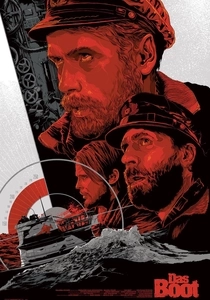
Das Boot (1981)
Description: A German film that provides an intense look at life aboard a U-boat during WWII, where hydrographic knowledge was crucial for survival and mission success.
Fact: The film was shot in a specially built submarine set, which was flooded to simulate underwater conditions.
 Watch Now
Watch Now 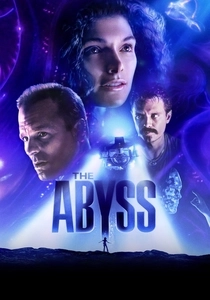
The Abyss (1989)
Description: While not strictly about military hydrography, this film explores deep-sea exploration and the use of underwater technology, which is crucial for naval operations.
Fact: The film was shot in a specially constructed underwater set, one of the largest ever built.
 Watch Now
Watch Now 
The Hunt for Red October (1990)
Description: This film features a Soviet submarine captain who plans to defect to the United States with his crew and a stealth technology-equipped submarine. The plot involves intricate naval tactics and hydrographic knowledge to navigate and evade detection.
Fact: The film was based on Tom Clancy's novel, and the submarine's design was inspired by real-life Soviet submarine technology.
 Watch Now
Watch Now 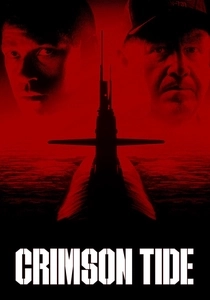
Crimson Tide (1995)
Description: A nuclear submarine faces a mutiny as its crew debates whether to launch nuclear missiles based on a potentially ambiguous order. The film showcases the importance of hydrographic data in strategic decision-making.
Fact: The film was shot on the USS Alabama, a real-life submarine, providing an authentic backdrop for the story.
 Watch Now
Watch Now 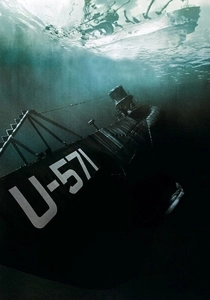
U-571 (2000)
Description: A fictionalized account of the capture of an Enigma machine from a German U-boat, this film highlights the importance of hydrographic intelligence in WWII naval warfare.
Fact: Despite some historical inaccuracies, the film was praised for its depiction of submarine warfare.
 Watch Now
Watch Now 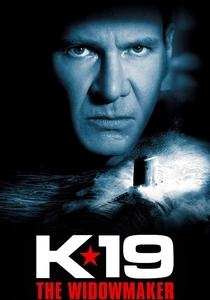
K-19: The Widowmaker (2002)
Description: This film recounts the real-life events aboard the Soviet submarine K-19, focusing on the crew's struggle with a nuclear reactor meltdown, showcasing the challenges of underwater navigation and survival.
Fact: The film was produced with the cooperation of the Russian Navy, providing access to real submarines.
 Watch Now
Watch Now 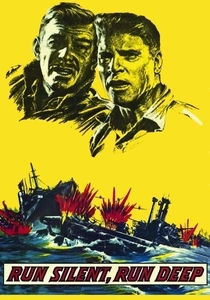
Run Silent, Run Deep (1958)
Description: A classic submarine film where the commander uses his knowledge of hydrography to outmaneuver the enemy, showcasing the strategic importance of underwater terrain.
Fact: The film was based on a novel by Edward L. Beach Jr., a real-life submarine commander.
 30 Days Free
30 Days Free 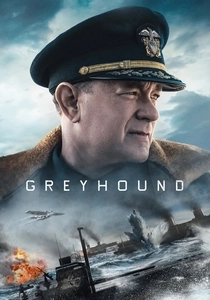
Greyhound (2020)
Description: Based on the novel "The Good Shepherd," this film follows a U.S. Navy commander on his first wartime assignment, where hydrographic data plays a key role in convoy protection.
Fact: Tom Hanks, who stars in the film, also wrote the screenplay.
 30 Days Free
30 Days Free 

